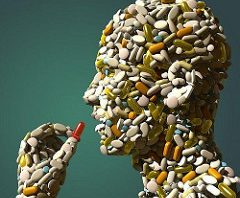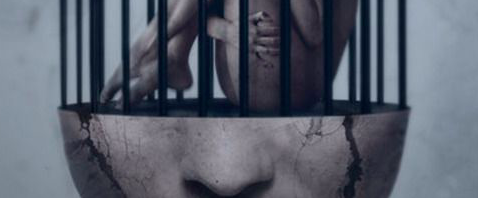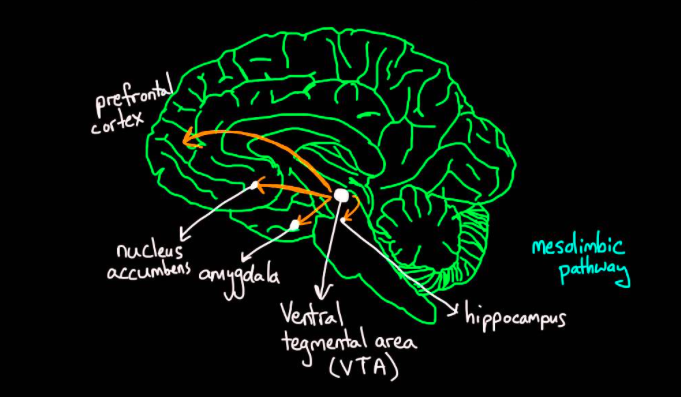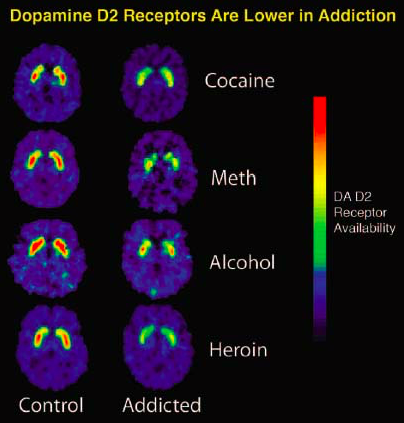How many of us remember sitting through the D.A.R.E program in school? Officers would come in and talk about the dangers of drug use and show photos of meth addicts, that to be honest, gave me nightmares for days afterwards. You’d be given the same lecture about drugs and alcohol in seventh grade health class. At that age, addicts were portrayed as being low class criminals. Reality teaches us that addiction does not care about whether you are below poverty lines or in the top 1%, nor does it care if you’re a good or bad person. Any person can become an addict. Are there genetic predispositions and environmental factors that increase your risk of developing addiction? Of course. But no one’s risk level is zero.
Also, often times, we associate heavy drug usage with big cities like LA, New York, and Chicago, or in areas along the coasts. Because of this, it’s easy to think that the Midwest doesn’t have issues with drugs and addiction, but unfortunately that isn’t the case. Dreamland is book written by Sam Quinones that lays out how black tar heroin made its way to lesser known regions and basically infiltrated the Midwest. It can be hard to wrap one’s brain around the idea that drugs are everywhere in the United States
As I mentioned before, as kids, we warned against using drugs and alcohol, mainly through scare tactics. However, not once was I told the science of why they were bad or the changes that they made to the brain (besides the ever-common remark, “kills brain cells”).
The Science of Addiction:
In our brains, there is a neurotransmitter known as dopamine, that is highly associated with our feelings of pleasure. Dopamine has two types of receptors, D1 and D2. D1 is linked to our “reward pathway” and creates those good feelings. D2, on the other hand, is linked to our “punishment pathway”. When a drug is consumed, it increases the release of dopamine in the brain. Dopamine will then bind to its receptors and will activate them. When D1 is activated, it turns on the reward pathway and when D2 is activated, the punishment pathway is shut off and so we have strong levels of pleasure from the drug.
During all of this, our brains are forming memories that associate the drug with those feelings of pleasure, known as cues. And so, when we encounter these cues our brain remembers taking the drug and we have signs of cravings. These memories cause changes to our brain that appear to be long-term and as of now, researchers have not figured out how to reverse these changes.
Featured Photo by: notbychanceinc














